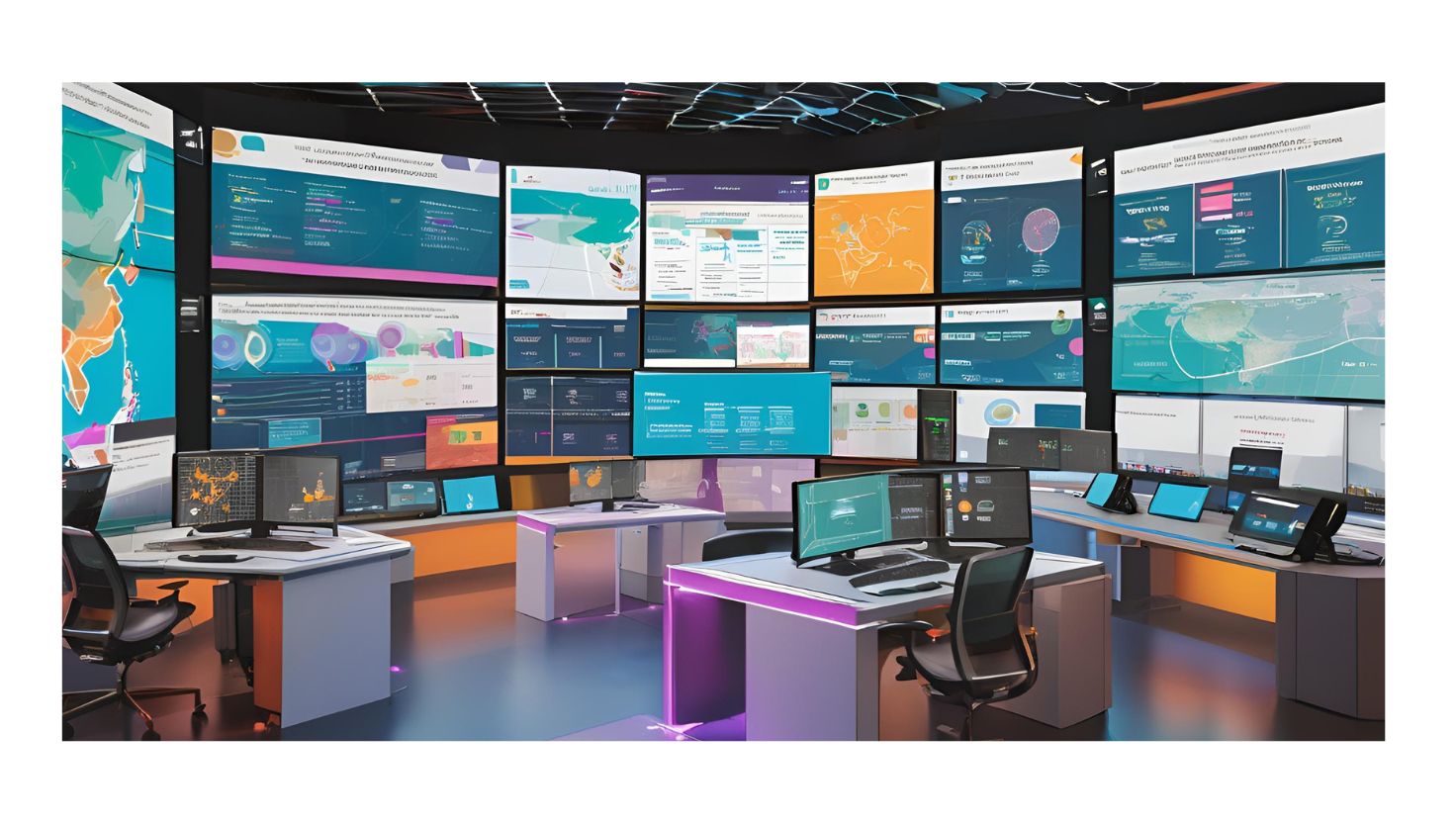
Artificial intelligence (AI) is revolutionizing shipping routes in India, reducing delivery times and costs. By analyzing real-time traffic data, weather conditions, and historical trends, AI algorithms can identify the most efficient paths for delivery vehicles. This leads to improved on-time delivery rates and reduced fuel consumption.
Case Study: A major e-commerce company in India implemented an AI-driven routing system, resulting in a 20% reduction in delivery times and a 15% decrease in fuel costs within the first quarter.
Key Terms: Machine Learning, Predictive Analytics, Route Optimization, Last-Mile Delivery
Example: Imagine a fleet of delivery trucks navigating through Bangalore's notorious traffic. AI can dynamically reroute these trucks based on live traffic updates, avoiding congestion and ensuring timely deliveries.
With growing environmental concerns, green logistics is becoming increasingly important. This involves adopting eco-friendly practices throughout the shipping process, such as using electric vehicles, optimizing packaging, and implementing carbon-offsetting programs.
Case Study: A logistics provider partnered with an NGO to plant trees for every shipment made, offsetting carbon emissions and promoting environmental sustainability. They saw a 10% increase in customer satisfaction due to their green initiatives.
Key Terms: Electric Vehicles (EVs), Carbon Offsetting, Sustainable Packaging, Reverse Logistics
Example: A courier company utilizing a fleet of electric scooters for last-mile delivery in Delhi, reducing air pollution and noise levels.
In today's competitive market, providing a premium customer experience is crucial. This includes offering features such as real-time tracking, flexible delivery options, and proactive communication. Personalized delivery experiences can significantly enhance customer loyalty.
Case Study: An e-commerce platform introduced a premium delivery service with guaranteed same-day delivery and personalized delivery options. This resulted in a 25% increase in repeat purchases.
Key Terms: Real-Time Tracking, Customer Satisfaction, Last-Mile Delivery, Personalization
Example: A customer receiving a notification about their order's precise delivery time, along with the option to reschedule delivery at their convenience.
Automation plays a vital role in scaling shipping operations. By automating tasks such as order processing, warehouse management, and delivery scheduling, companies can improve efficiency and reduce operational costs. Investing in scalable technology solutions is essential for sustainable growth.
Case Study: A logistics company implemented a warehouse automation system, increasing order fulfillment speed by 30% and reducing labor costs by 20%.
Key Terms: Robotics, Warehouse Management Systems (WMS), Order Fulfillment, Scalability
Example: A fully automated warehouse using robots to pick, pack, and sort orders, ensuring faster and more accurate fulfillment.
The shipping industry is constantly evolving. Key trends to watch include the increasing adoption of drone delivery, the rise of hyperlocal logistics, and the growing importance of data analytics. Staying ahead of these trends is crucial for success in the digital economy.
Key Trends: Drone Delivery, Hyperlocal Logistics, Data Analytics, Blockchain
Example: The use of drones for delivering small packages in remote areas, reducing delivery times and costs. The rise of local micro-warehouses to facilitate faster last-mile delivery.
This guide has explored several next-generation shipping strategies poised to revolutionize India's digital economy. From AI-driven routing and green logistics to simplified trade with China and premium customer experiences, these approaches offer significant opportunities for growth and efficiency. By embracing automation, scaling strategically, and staying informed about future trends, businesses can navigate the evolving landscape and thrive in the competitive market.